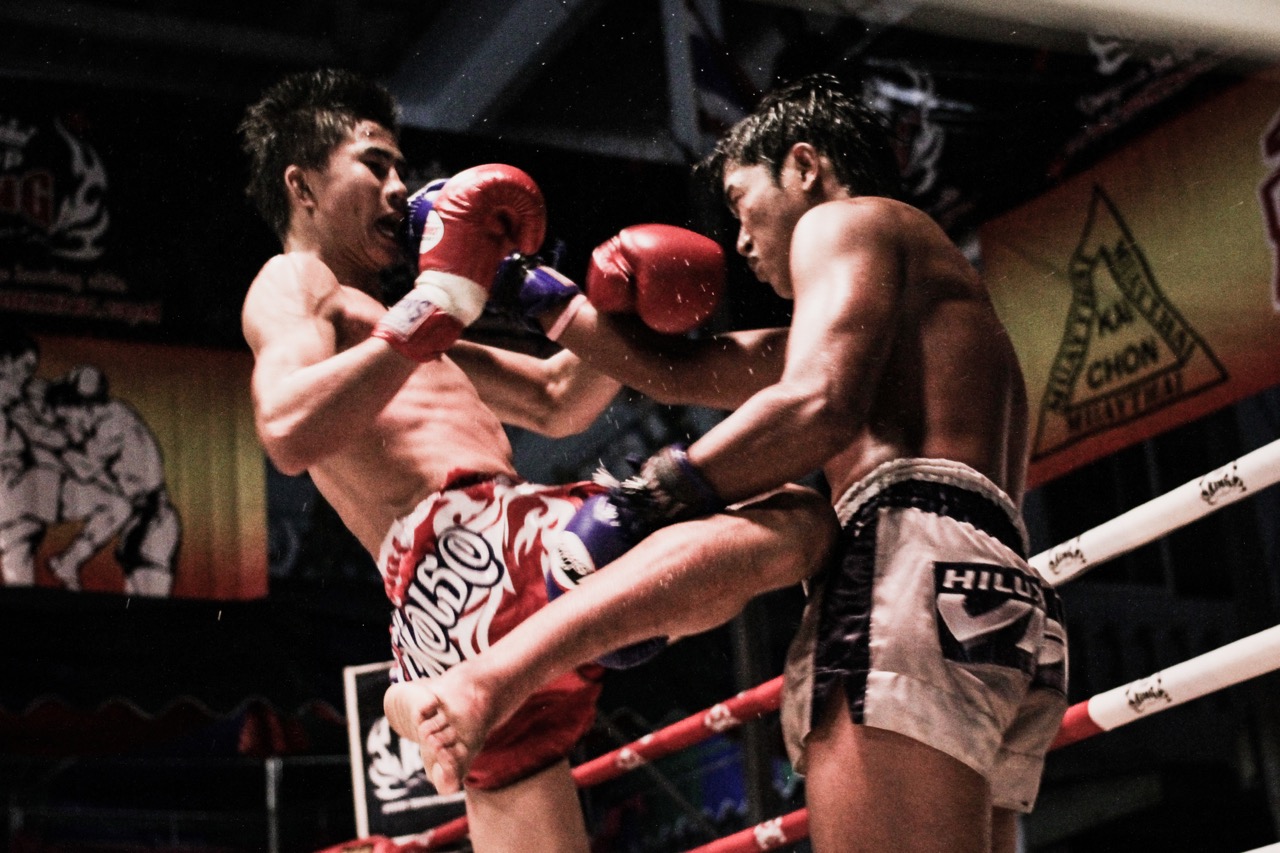Have you ever wondered about the ancient martial art form that has become a national sport in Thailand? Well, let me introduce you to Muay Thai, also known as the Art of Thai Boxing. This fascinating combat sport is not just about throwing punches and kicks; it is deeply rooted in Thai culture and has a rich history that dates back centuries. In this article, we will delve into the intricacies of Muay Thai, exploring its techniques, training methods, and its significance in Thai society. So, get ready to uncover the captivating world of Muay Thai!
When you first enter the world of Muay Thai, you will be amazed by the sheer power and agility of its practitioners. The sport emphasizes the use of fists, elbows, knees, and shins to strike opponents, making it a fierce and intense form of combat. But it is not just about brute force – Muay Thai also requires a high level of mental discipline and strategy. Fighters must train rigorously, honing their skills and perfecting their technique, in order to compete effectively in the ring.
Beyond its physical aspects, Muay Thai holds great cultural significance in Thailand. It is considered the national sport and is deeply ingrained in Thai society. The sport is part of a long-standing tradition that carries with it a sense of honor, respect, and unity. Muay Thai events, known as “Thai Boxing Fights,” draw huge crowds, reflecting the nation’s passion for the sport. They are not just sporting events, but also celebrations of Thai culture, complete with music, dance, and ceremonies.
In the upcoming article, we will delve further into the techniques and training methods of Muay Thai, unveiling the secrets behind this ancient art form. We will explore the unique combination of physical strength, mental discipline, and cultural pride that sets Muay Thai apart from other combat sports. So, whether you are a seasoned fighter or just a curious enthusiast, get ready to immerse yourself in the world of Muay Thai and uncover the beauty and complexity of this remarkable martial art.
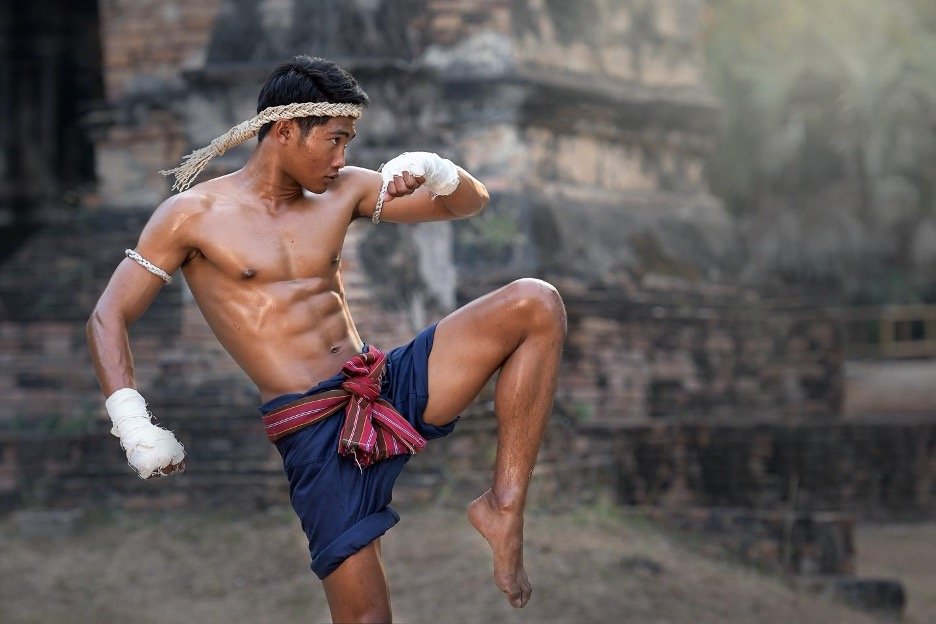
History of Muay Thai
Origins of Muay Thai
Muay Thai, also known as Thai Boxing, is a traditional martial art that has deep roots in Thai culture and history. The origins of Muay Thai can be traced back to the ancient kingdoms of Southeast Asia, where it evolved as a form of combat used by warriors in battle.
Evolution of Muay Thai throughout history
Over the centuries, Muay Thai underwent significant transformations and evolved from being solely a method of self-defense to a full-fledged sport. It became a popular form of entertainment and was showcased in elaborate festivals and competitions. Throughout history, the techniques and rules of Muay Thai were refined and streamlined to create a unique and effective fighting style.
Influence of Buddhism on Muay Thai
Buddhism has played a pivotal role in shaping the culture of Thailand, and it has also had a profound impact on the practice of Muay Thai. The influence of Buddhism can be seen in the rituals and ceremonies that accompany Muay Thai fights. It is believed that paying respects to one’s trainers, the ring, and the divine spirits before a fight brings about good luck and protection.
Techniques and Rules of Muay Thai
Basic techniques of Muay Thai
Muay Thai involves a wide range of techniques, including punches, kicks, knee strikes, and elbows. Basic techniques include the jab, cross, hook, uppercut, roundhouse kick, push kick, and clinch. These techniques are taught and practiced extensively to develop a well-rounded skillset that is both efficient and powerful.
Advanced techniques of Muay Thai
As practitioners progress in their training, they learn more advanced techniques that require precision, timing, and agility. These techniques include spinning elbows, flying knees, sweeps, and advanced defensive maneuvers. Mastering these techniques can take years of practice and dedication.
Rules and regulations of Muay Thai fights
Muay Thai fights are governed by a set of rules and regulations to ensure fairness and safety. Fighters compete in a ring, and the matches are divided into rounds of three minutes each. Some of the rules of Muay Thai include no strikes below the belt, no groin strikes, no headbutting, and no biting. The referee is responsible for enforcing these rules and ensuring the well-being of the fighters.

Training and Conditioning in Muay Thai
Traditional training methods in Muay Thai
Traditional Muay Thai training is rigorous and demanding. Fighters train for several hours a day, focusing on various aspects such as pad work, bag work, shadowboxing, clinching, and sparring. Training also includes conditioning exercises like running, skipping rope, and strength training to develop the necessary physical attributes required for Muay Thai.
Physical conditioning for Muay Thai fighters
Physical conditioning is a crucial aspect of Muay Thai training. Fighters engage in intense cardiovascular exercises to improve endurance and stamina. They also work on developing strength, speed, and flexibility through a combination of weightlifting, circuit training, and plyometric exercises. The physical demands of Muay Thai require fighters to be in peak physical condition.
Importance of mental preparation in Muay Thai
Muay Thai is not just a physically demanding sport but also a mentally challenging one. Mental preparation is vital for success in the ring. Fighters learn techniques to maintain focus, control emotions, and develop mental toughness. Meditation and visualization techniques are also employed to enhance concentration and strengthen the mind-body connection.
Muay Thai as a Sport
Growth and popularity of Muay Thai as a sport
In recent years, Muay Thai has gained global recognition and popularity as a combat sport. Its appeal lies in its raw and dynamic nature, captivating audiences with its explosive techniques and thrilling matches. Muay Thai has welcomed a diverse range of participants, including both professional fighters and enthusiasts looking to learn self-defense or stay fit.
Muay Thai tournaments and championships
Muay Thai tournaments and championships are held worldwide, offering fighters a platform to showcase their skills and compete against other top athletes. These events attract fighters of all levels and serve as a testament to the sport’s growing popularity. The prestigious Lumpinee Stadium and Rajadamnern Stadium in Bangkok are renowned venues hosting some of the most significant Muay Thai events.
Famous Muay Thai fighters
Muay Thai has produced a long list of legendary fighters who have left an indelible mark on the sport. Fighters like Samart Payakaroon, Buakaw Banchamek, and Yodsanklai Fairtex have achieved international acclaim for their exceptional skills and dominant performances in the ring. Their success has inspired the next generation of fighters and contributed to the global recognition of Muay Thai.
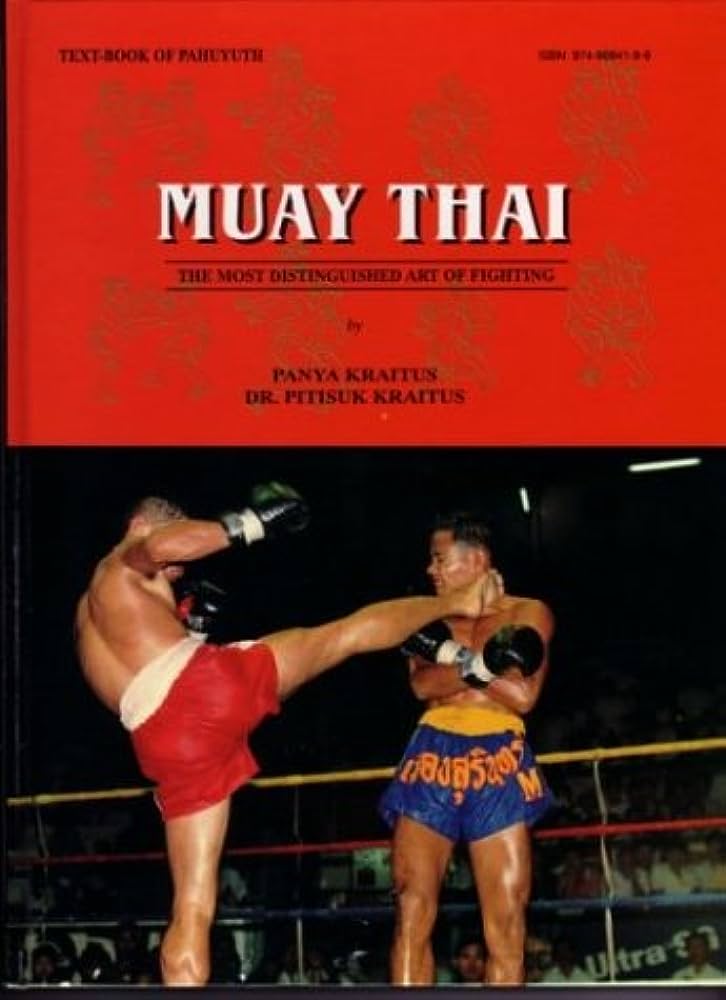
Muay Thai versus other Combat Sports
Comparison of Muay Thai with other combat sports
Muay Thai is often compared to other combat sports, such as boxing, kickboxing, and mixed martial arts (MMA). While each sport has its own unique set of rules and techniques, Muay Thai stands out for its emphasis on utilizing the entire body as a weapon. Unlike boxing, Muay Thai allows the use of elbows, knees, and clinching techniques, making it more versatile and well-rounded.
Advantages and disadvantages of Muay Thai in combat
One of the advantages of Muay Thai in combat is its focus on striking techniques from various angles. The use of elbows and knees adds a significant advantage in close-quarter combat situations. However, the lack of grappling techniques in Muay Thai may pose a disadvantage against opponents skilled in wrestling or Brazilian Jiu-Jitsu.
Muay Thai techniques in MMA
Muay Thai has become an essential component of many MMA fighters’ arsenals. The effectiveness of Muay Thai techniques, such as knee strikes, low kicks, and the clinch, have been proven in the octagon. Many UFC fighters incorporate Muay Thai training to enhance their striking ability and overall skillset.
Muay Thai as a Form of Self-Defense
Applicability of Muay Thai techniques in self-defense situations
Muay Thai techniques are not only effective in the ring but also applicable in real-life self-defense situations. The striking techniques, including punches, kicks, elbows, and knees, enable practitioners to defend themselves efficiently against potential threats. Muay Thai’s focus on developing speed, power, and precision makes it an excellent option for self-defense.
Benefits of learning Muay Thai for self-defense
Learning Muay Thai for self-defense provides individuals with the confidence and skills necessary to protect themselves and others. Muay Thai training enhances physical fitness, improves situational awareness, and develops vital self-defense techniques. Additionally, the mental fortitude gained through Muay Thai training can aid in remaining calm and focused in high-pressure situations.
Self-defense techniques specific to Muay Thai
Muay Thai encompasses a range of self-defense techniques that are specifically designed to neutralize threats quickly and efficiently. These techniques include quick strikes to vulnerable targets, such as the eyes, groin, and throat. Muay Thai also teaches practitioners how to escape grabs and employ clinching techniques to gain control over an opponent.
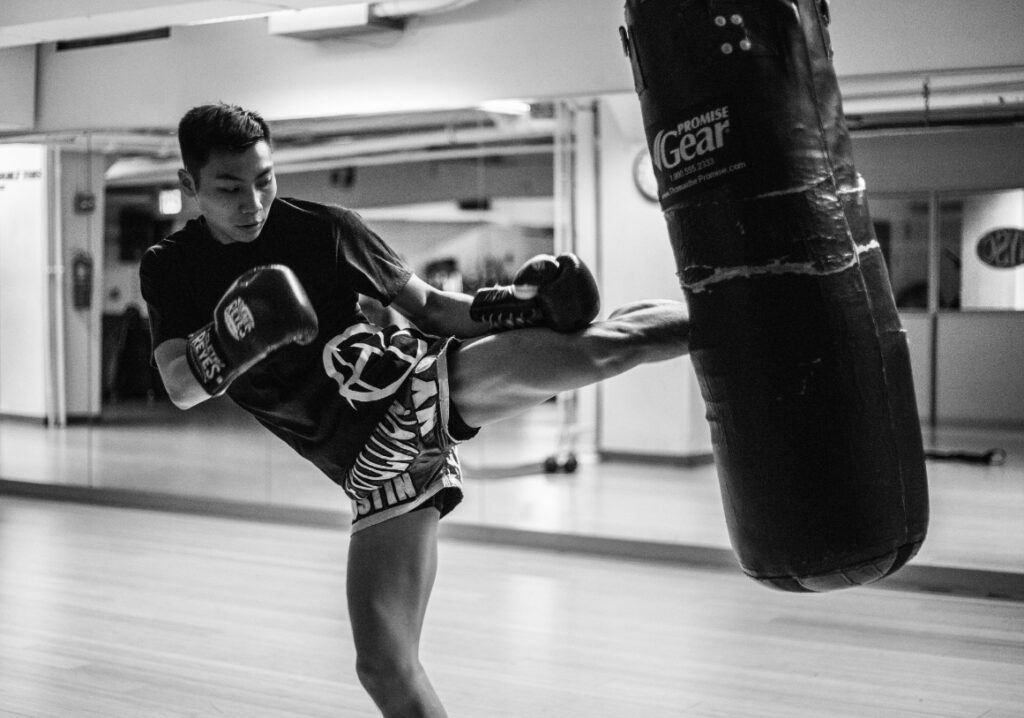
Muay Thai as a Cultural Tradition
Muay Thai’s role in Thai culture
Muay Thai holds a special place in Thai culture as the national sport and a symbol of national pride. It is deeply ingrained in Thai traditions and serves as a reflection of the nation’s history, values, and warrior spirit. Muay Thai is often showcased in traditional festivals and ceremonies, further emphasizing its cultural significance.
Significance of rituals and ceremonies in Muay Thai
Rituals and ceremonies are an integral part of Muay Thai and carry deep symbolic meaning. Before a fight, fighters perform a ceremony called the Wai Khru Ram Muay, paying homage to their trainers, ancestors, and the spirits. The Ram Muay dance, which accompanies the ceremony, is a display of respect, gratitude, and mental preparation for the upcoming battle.
Muay Thai’s influence on Thai art and music
Muay Thai has left an indelible mark on Thai art and music. Paintings and sculptures depicting fighters in action capture the grace and intensity of Muay Thai. Traditional Thai music, known as Sarama, is played during fights, setting the rhythm and creating an electric atmosphere. The combination of art, music, and martial arts showcases the cultural significance of Muay Thai in Thailand.
Health and Fitness Benefits of Muay Thai
Physical benefits of practicing Muay Thai
Practicing Muay Thai offers numerous physical benefits. The intensive training routines improve cardiovascular health, strength, and endurance. Regular training also enhances flexibility, balance, and coordination. Muay Thai is a full-body workout that engages all major muscle groups, resulting in improved muscle tone and body composition.
Mental and emotional benefits of Muay Thai
Muay Thai not only has physical benefits but also provides several mental and emotional advantages. The intense training and discipline required in Muay Thai help build mental toughness and resilience. The sport promotes self-discipline, self-confidence, and a strong work ethic. Furthermore, Muay Thai provides a healthy outlet for stress relief and instills a sense of accomplishment and personal growth.
Weight loss and overall fitness through Muay Thai
Muay Thai is an effective form of exercise for those looking to lose weight and improve overall fitness. The high-intensity, full-body workouts burn a significant number of calories, aiding in weight loss. The combination of cardiovascular exercises, strength training, and interval training in Muay Thai helps boost metabolism, increase energy levels, and improve overall fitness.
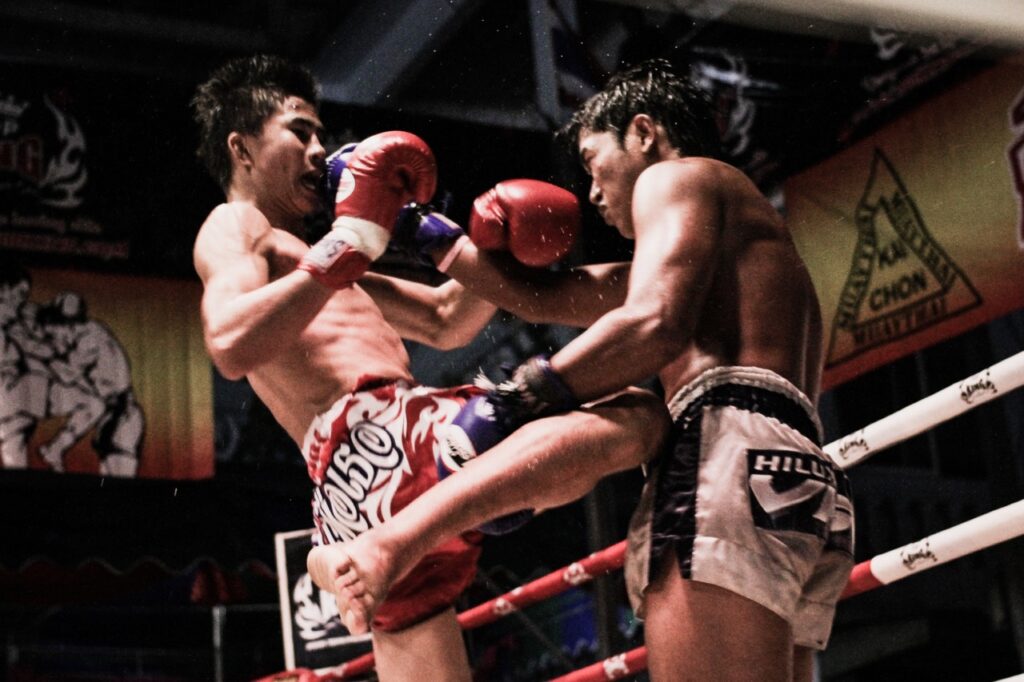
Muay Thai Training Camps and Retreats
Overview of Muay Thai training camps
Muay Thai training camps are a popular destination for those seeking an immersive training experience. These camps provide a structured environment where participants can learn from experienced trainers and train alongside like-minded individuals. Training camps offer a wide range of programs catering to beginners, intermediate, and advanced fighters.
Benefits of attending a Muay Thai training camp
Attending a Muay Thai training camp offers several benefits. Participants gain access to professional trainers who provide individualized coaching and guidance. The intense training atmosphere and group dynamics foster motivation, accountability, and camaraderie among participants. Moreover, training camps allow individuals to immerse themselves in the art of Muay Thai and experience Thai culture firsthand.
Popular Muay Thai retreat destinations
Thailand is home to some of the most renowned Muay Thai retreat destinations. Cities like Bangkok, Chiang Mai, and Phuket offer a wide range of training camps and retreats catering to all levels of expertise. These locations provide the perfect combination of beautiful surroundings, experienced trainers, and cultural experiences, making them popular destinations for Muay Thai enthusiasts.
Conclusion
Discovering Muay Thai: The Art of Thai Boxing unveils the rich history, cultural significance, and many benefits of this traditional martial art. From its ancient origins to its modern evolution as a global sport, Muay Thai continues to captivate practitioners and spectators alike. Whether one aims to enhance their physical fitness, learn self-defense skills, or simply explore Thai culture, Muay Thai offers a journey of discovery and personal growth. So, step into the world of Muay Thai, explore its techniques, embrace its traditions, and witness firsthand the power and beauty of Thai Boxing. Take this opportunity to indulge in the art of Muay Thai, unlock its secrets, and unleash your inner warrior.
